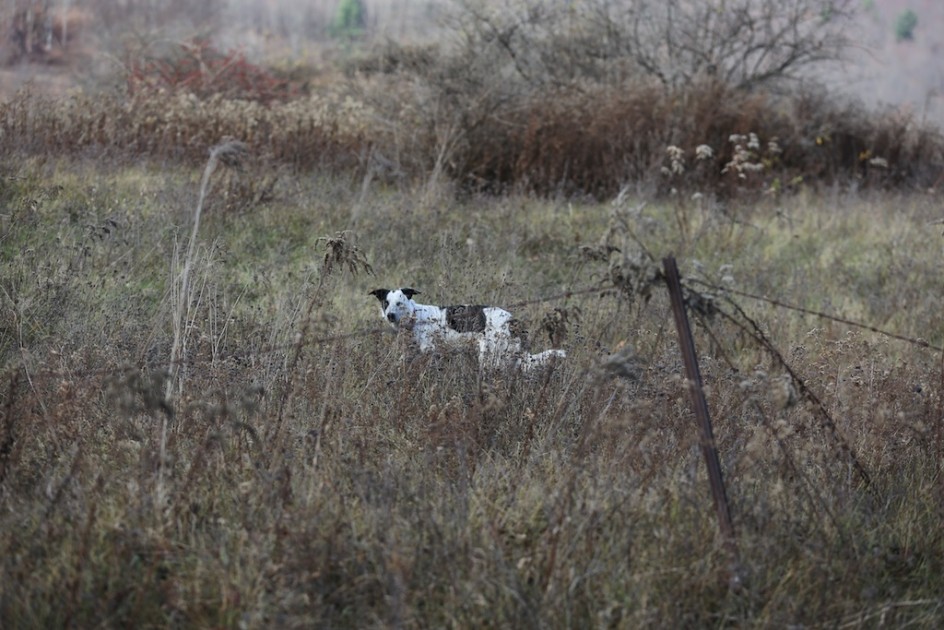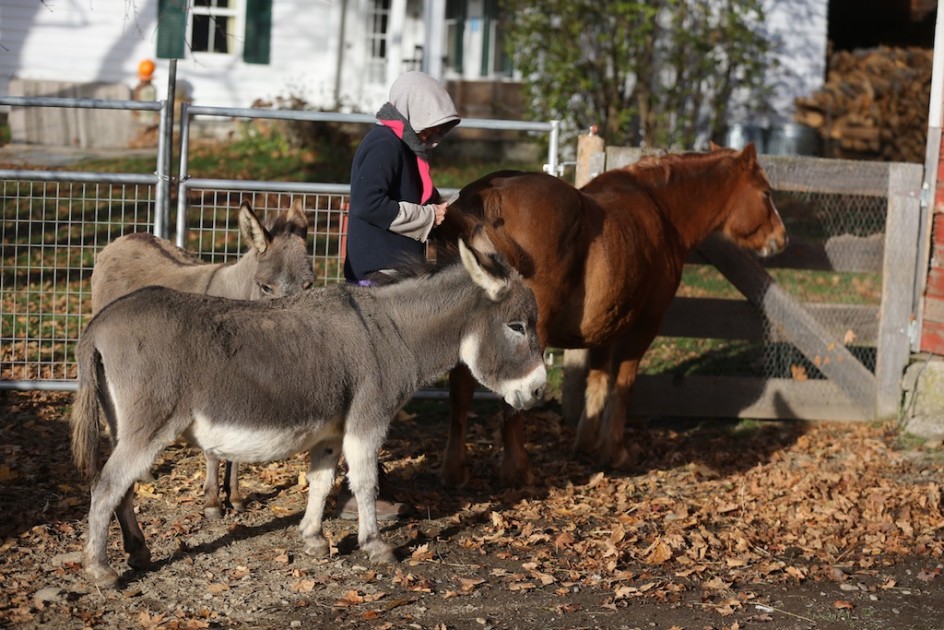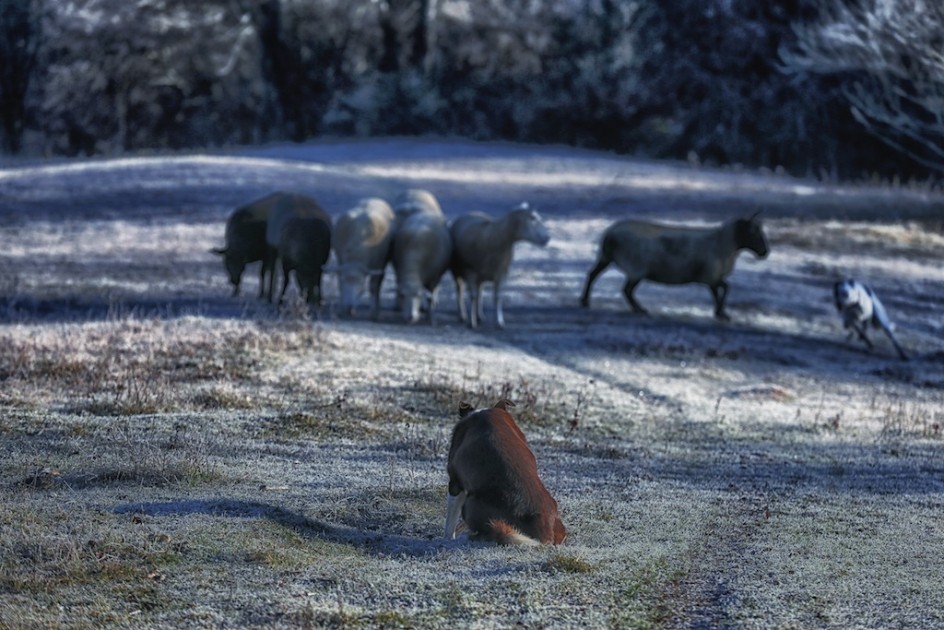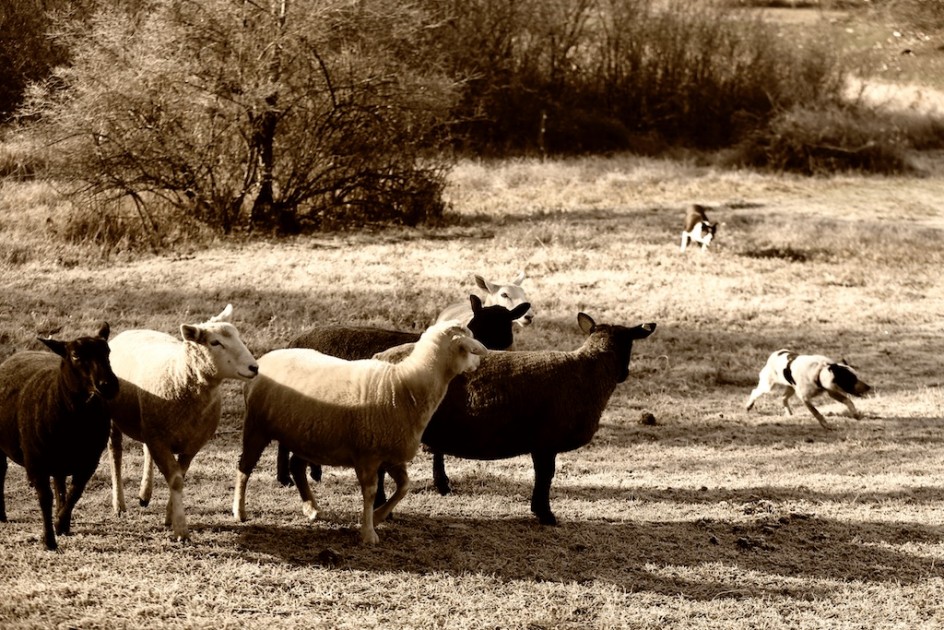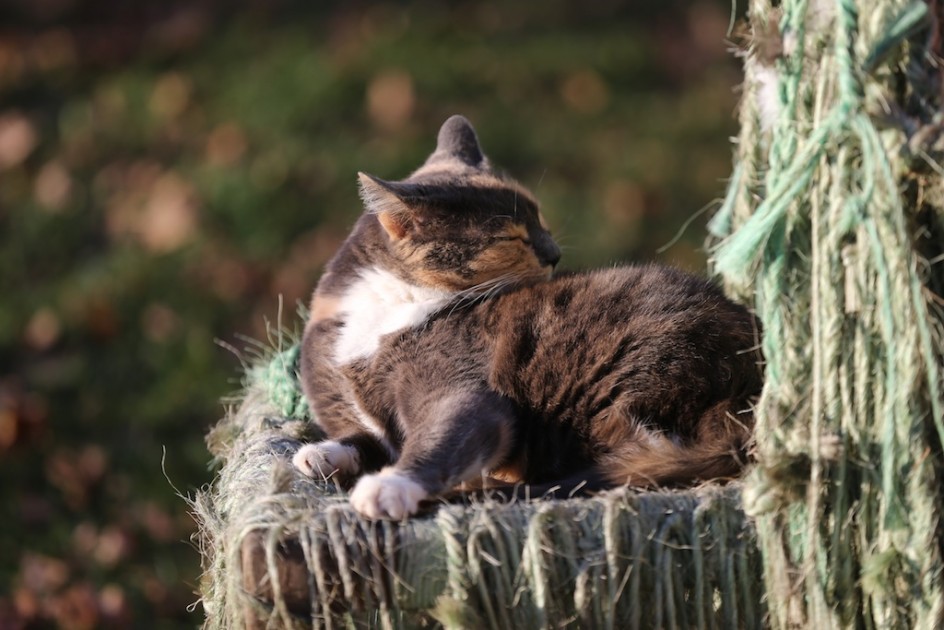
I clearly remember the dawn of my own personal Millenium, my awakening and coming to life. I was sitting in a therapist’s office in Saratoga Springs in 2008, she was speaking directly and honestly to me. She had just looked me in the eye and told me that I was not married any longer, not really. I didn’t know it, I was stunned, it was as if all the glass in the world was shattering around me.
Then, as I sat in stunned silence, she asked me if I knew about do-dependency. I had heard of if vaguely and indirectly, it had nothing to do with me, it was something Dr. Phil or Oprah talked about. I thought of it as one of tne of the new emotional disorders cropping up everywhere. She advised me to buy a book called Co-Dependent No More: How To Stop Controlling Others And Start Caring For Yourself.
I was reluctant to buy the book, I was and am a literary snob, it sounded like a sappy self-help book to me.
it wasn’t the kind of book I read, I stopped at a Border’s across the street and they had a lot of copies. I drove back to the farm and sat up half the night reading this book. It was a white-knuckle read, more intense than any thriller.
And it was a devastating night, I was reading about myself, my marriage, my friendships, my life. I didn’t sleep all night, I knew I would never see myself in the same way again.
For all the years of therapy, I never saw myself more clearly – what I did to others, what they did to me – than that night. It was when I realized how much hard and painful work I needed to do to understand myself and rebuild and regain control of my life.
Co-dependency is a learned, often devastating, behavior that is passed on from one generation of a family to another. It is an emotional condition that often cripples an individual’s ability to have healthy, mutual, bounded, and satisfying relationships with other people. It can shatter the self, erode the ego, smother love and kill friendship. It can starve the soul. I think of it as a disease of the soul, an affliction born in shattered childhoods and transmitted by broken families.
Your problems become something to meet the emotional needs of other people, you look to others for a sense of identity and self-worth. Love is confused with drama, need with friendship. It is a disordered and frightening world, and so destructive.
Reading that book was like reading a memoir, a truer version of me than I had yet written. Was this me?, I kept asking. This was me, was the answer, again and again.
Codependency was first identified about a decade ago, it sprung from studies about addicts and alcoholism, but psychologists have long known that some of the most poisonous addictions are emotional. Most often, in co-dependent relationships, there is an excessive reliance on other people for approval. A co-dependent person is one who cannot function from their own self, but whose thinking and behavior is organized around another person or people.
It is spawned, psychologists believe, from the shattered egos of abused children in dysfunctional families.
Many social workers and shrinks believe that codependency is is a kind of over-responsibility, a positive impulse gone away and grown out of control. Co-dependent people are often drawn to the needs of other people, they are often unable to recognize their own needs or meet them. They are addicted to caring for others and giving them things, they do not care for themselves. And beware, is what I learned, for that chicken will roost.
Co-dependence is the disease of the lost self, an emotional landscape without boundaries, a system in which people give pieces of themselves away to others, a world of one-sided and uncomfortable relationships. It rots self-worth and perspective.
Quite often, co-dependent relationships are characterized by intimacy problems, by excessive care-taking and by denial. We lose ourselves in the problems of others, we never need to face our own.
A major symptom of these relationships, says the literature (and my own experience) occurs when codependents find themselves in relationships where the primary role of one is that of rescuer, supporter, confidante. Often, codependents end up supporting and enabling another person’s addiction, lack of responsibility, or under-achievement.
But addiction to need, I have learned, is not love. If people need to give you things, something is wrong. Once you are awakened to these relationships or challenge them, they crumble and fade. They feel uncomfortable. You struggle to communicate with others, you are always feeling a disconnection, you always wonder what was meant, what was said. You are never really on the same page.
No relationship is perfect, but I learned in my relationship with Maria – and for the first time – that in healthy relationships, we are understand, even if we are not always agreed with. Maria and I never need to explain ourselves to each other, we live mostly on the same page. We argue often and in trustl, that is how we cleanse our connection.
My world was filled with relationships that were different than that, I lived in a co-dependent universe for much of my life, I lived it on ends, co-dependence is a dance, it always takes at least two people to grow and deepen. I learned that you cannot have a healthy relationship with unhealthy people. I keep thinking I am done with co-dependence, but of course, you are never done with emotions you have lived with for so long. You just have to be self-aware.
I learned that real friendship is not about rescue, not about gifts, not about imbalance. It is not addiction. I can’t save other people, other people can’t save me. Real friends are there when you need them, you rarely need to ask, and they leave to tend to their own full and challenging lives.
When people give you things, or can only relate to your needs, not theirs, something is wrong. Co-dependency is a connection out of balance, it does not refer to all caring behavior and feelings, only those that are excessive to an unhealthy degree. Co-dependency doesn’t feel good, it comes to me now as a queasy feeling in the pit of my stomach, I know it is around when I walk away from a conversation wondering what was meant, what was said, when I can ever really make myself understood, or fully grasp what is being said to me.
When that happens, said my therapist, walk away. Just walk away.
In a couple of years before this revelation, I gave away all of my money and much of my family’s money to people I became addicted to helping and saving. It was a dreadful thing to do, I have never fully shed my shame and remorse for it. Slowly, and carefully, my life is filling up with healthy relationships. Maria, some good friends who are intuitively bonded and who share their lives and hearts with me, as well as try to understand mine.
I can do it, it feels very good.
Boundary is not just a therapeutic term, boundaries, to me, are the good fences of life, the structure of relationships. They really matter. I learned to be co-dependent from my mother and father, who were addicted to anger and conflict and cruelty, each needed the other to be miserable, and helped make it so. I just never knew anything different. I do now.
.We always know what the other person means, no one is trying to rescue me or shower me with gifts I didn’t ask for or need. No one is presuming to tell me what I feel, they ask me what I feel. No one is seeking to be my confidante, just my friend. It feels solid, it feels clean.
My therapist opened the window to this disorder, and to it’s dread impact on my life. Bit by bit, it had ravaged my marriage, destroyed almost every relationship that I had. Co-dependent people feed off of other co-dependent people, healthy people can’t do it for long. Understanding co-dependence opened the door to re-building my life. I rarely, if ever, go to Maria’s studio, and when I do, I knock, and never stay for long. She rarely enters my study, and when she does, it is to kiss my on the head and perhaps bring me some tea.
As much as we love one another, neither of us will ever need the other to be weak or irresponsible.
I never really liked Dr. Phil, I always thought him a pompous windbag the few times I saw him. Another reminder not to judge people you don’t know. He probably knew a lot more about me than I knew about myself.

